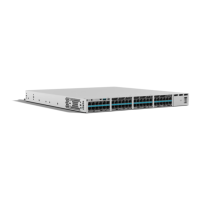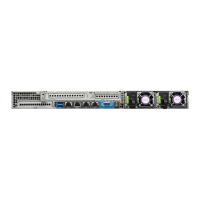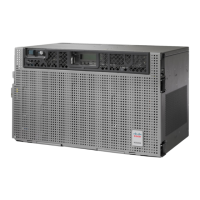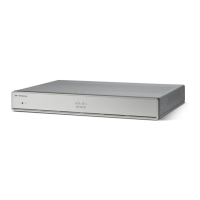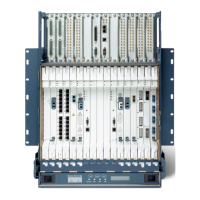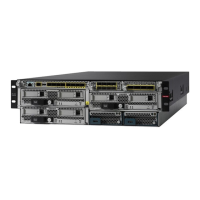• Ensure that the chassis cover and module rear panels are secure. All empty network module slots, interface
card slots, and power supply bays must have filler panels installed. The chassis is designed to allow
cooling air to flow within it, through specially designed cooling slots. A chassis with uncovered openings
permits air leaks, which may interrupt and reduce the flow of air across internal components.
• Baffles can help to isolate exhaust air from intake air. Baffles also help to draw cooling air through the
chassis. The best placement of the baffles depends on the airflow patterns in the rack. You can find the
best placement by experimenting with different configurations.
• When equipment installed in a rack (particularly in an enclosed rack) fails, try operating the equipment
individually. Power off other equipment in the rack (and in adjacent racks) to allow the router under test
maximum cooling air and clean power.
Power Guidelines and Requirements
Check the power at your site to ensure that you are receiving clean power (free of spikes and noise). Install a
power conditioner if necessary.
The AC power supply includes the following features:
• Autoselects either 110 V or 220 V operation.
• All units include a 6-foot (1.8-meter) electrical power cord. (A label near the power inlet indicates the
correct voltage, frequency [only AC-powered systems], and current draw for the unit.)
For additional information on the power requirements, refer to the Cisco Catalyst 8300 Series Edge Platforms
datasheet.
Network Cabling Specifications
The following sections describe the cables required to install your Cisco Catalyst 8300 Series Edge Platforms:
Console Port Considerations
This device includes an asynchronous serial console port. You access to the device locally using a console
terminal connected to the console port. This section discusses important cabling information that you must
consider before connecting the device to a console terminal.
Flow control paces the transmission of data between a sending and a receiving device. Flow control ensures
that the receiving device can absorb the data sent to it before the sending device sends more data. When the
buffers on the receiving device are full, a message is sent to the sending device to suspend transmission until
the data in the buffers is processed. Console terminals send data at speeds slower than the speeds modems
do; therefore, the console port is ideally suited for use with console terminals.
Cisco Catalyst 8300 Series Edge Platforms have both EIA/TIA-232 asynchronous (RJ-45) and USB
5-pin mini Type B, 2.0 compliant serial console ports. Shielded USB cables with properly terminated
shields are recommended.
Note
Hardware Installation Guide for Cisco Catalyst 8300 Series Edge Platforms
24
Prepare for Installation
Power Guidelines and Requirements
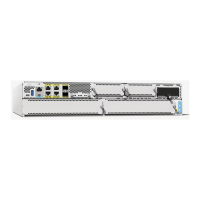
